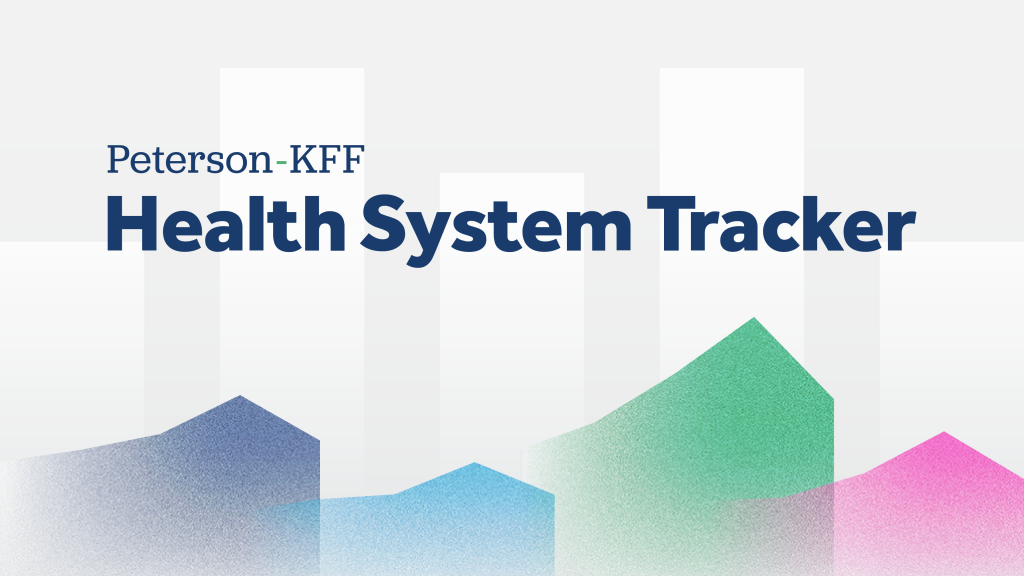How Recent Manufacturer Savings Programs May Impact Individual Out-of-Pocket Spending on Asthma and COPD Inhalers
A new analysis shows that individuals with employer insurance could save 41% on their out-of-pocket spending for asthma and COPD inhalers through manufacturer savings. In response to a U.S. Senate investigation into inhaler costs, 3 drug makers voluntarily capped out-of-pocket costs on their brand-name asthma and COPD inhalers.
